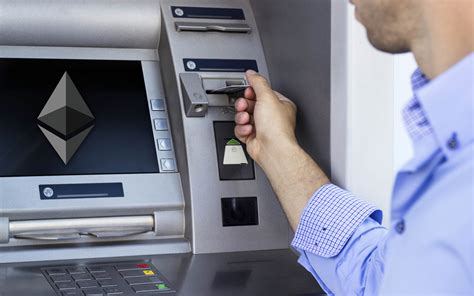Ethereum: Why does Bitcoin send the “change” to a different address?
I can help you write an article about why Bitcoin sends a “change” to another address.
Title: Secret “change” Bitcoin: Understanding why Bitcoin sends a transaction fee to another address
Entry:
Bitcoin is a decentralized digital currency that allows users to send and receive transactions without the need for intermediaries such as banks. One of the key functions that makes Bitcoin unique is the concept of transaction fees, which are also known as “change”. In this article, we will examine why Bitcoin sends a transaction fee to another address compared to the address of the original sender.
Basics:
When the user wants to send bitcoins to another user’s address on the Bitcoin network, he creates a new transaction and contains two parameters: the sender’s address (also known as the address “Z”) and the recipient’s address (also known as “address). The transaction is then broadcast to the network , where it is verified by knots and added to blockchain.
Transaction fee:

In addition to sending Bitcoins, users also pay a transaction fee for processing their transactions. This fee is used to encourage nodes in the Bitcoin network to confirm the transaction and include it in blockchain. The transaction fee is determined by the block reward system, which aims to encourage miners (software that solves complex mathematical problems) to participate in the validation of new blocks.
Why send a transaction fee to another address?
So why does Bitcoin send a transaction fee to another address compared to the address of the original sender? The answer lies in the way the nodes in Bitcoin Network process transactions and verify them before blockchain.
When the user sends bitcoins from one address to another, he actually creates many transactions. Each of these transactions requires taking into account a separate “change” (transaction fee). However, due to the complex process known as “expenses”, some of these changes may be lost or lost during the extraction process.
Edition:
The expenditure mechanism has been designed to reduce the amount of change that got lost during the extraction process. To do this, the knots in the Bitcoin network use complex algorithms to identify and group many transactions with one change (transaction fee). These groups are then used to create a part of the “Change” transaction.
Result:
When the user wants to send bitcoins from one address to another, he can provide his original sender’s address as “Z” address, but also specifies that the change should be included in the transaction group. The change is then sent to the address “to”, which is the recipient’s address.
Application:
To sum up, Bitcoin sends his transaction fee (change) to another address compared to the address of the original sender due to the complex expenditure and extraction process. This ensures accurate assignment of the transaction fee and can be used to encourage nodes in the Bitcoin network to participate in the validation of new blocks.
I hope that this article will help you understand why Bitcoin sends transaction fees to another address. Let me know if you have any questions or need further explanations!

Leave a Reply
Want to join the discussion?Feel free to contribute!